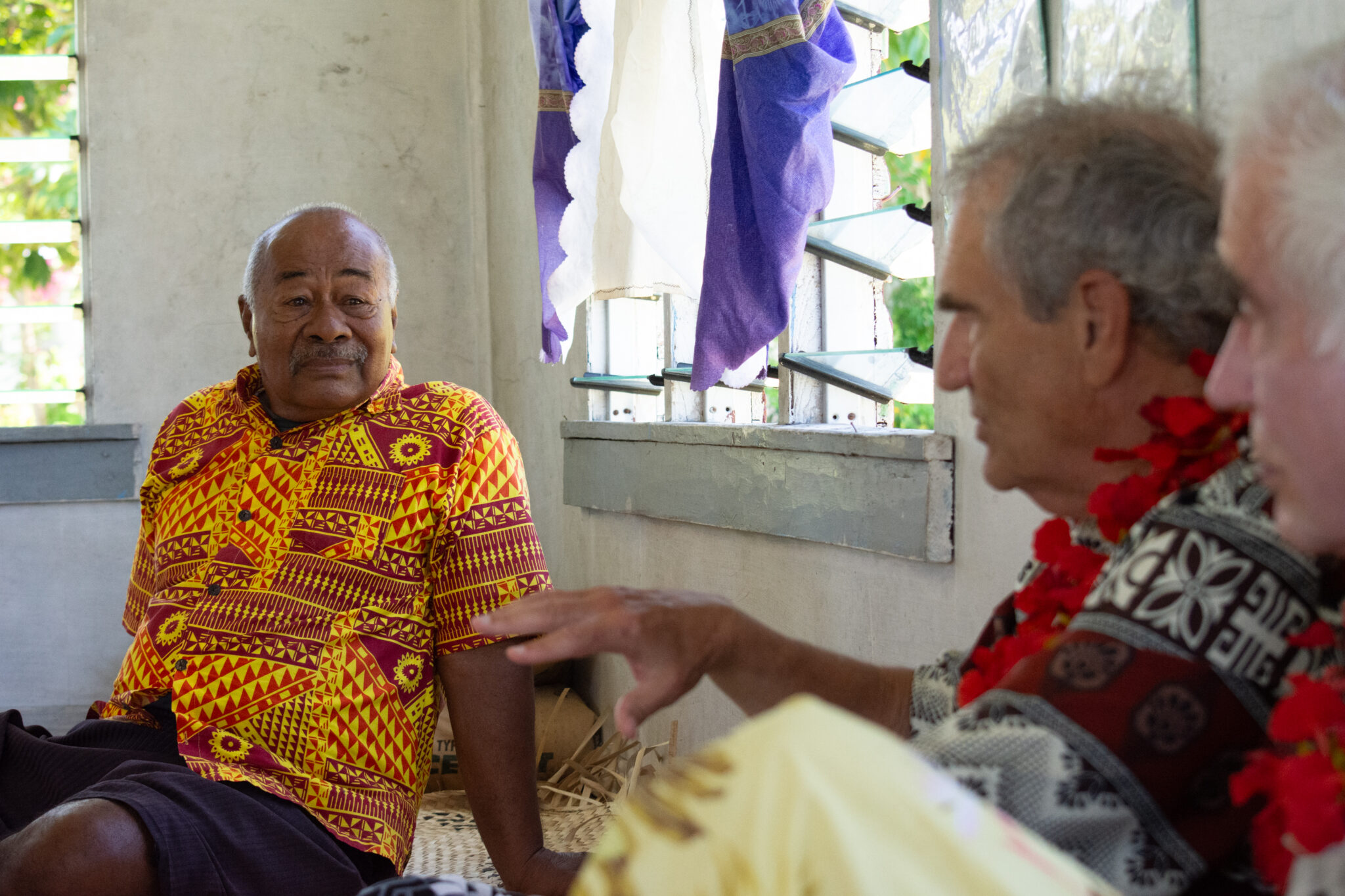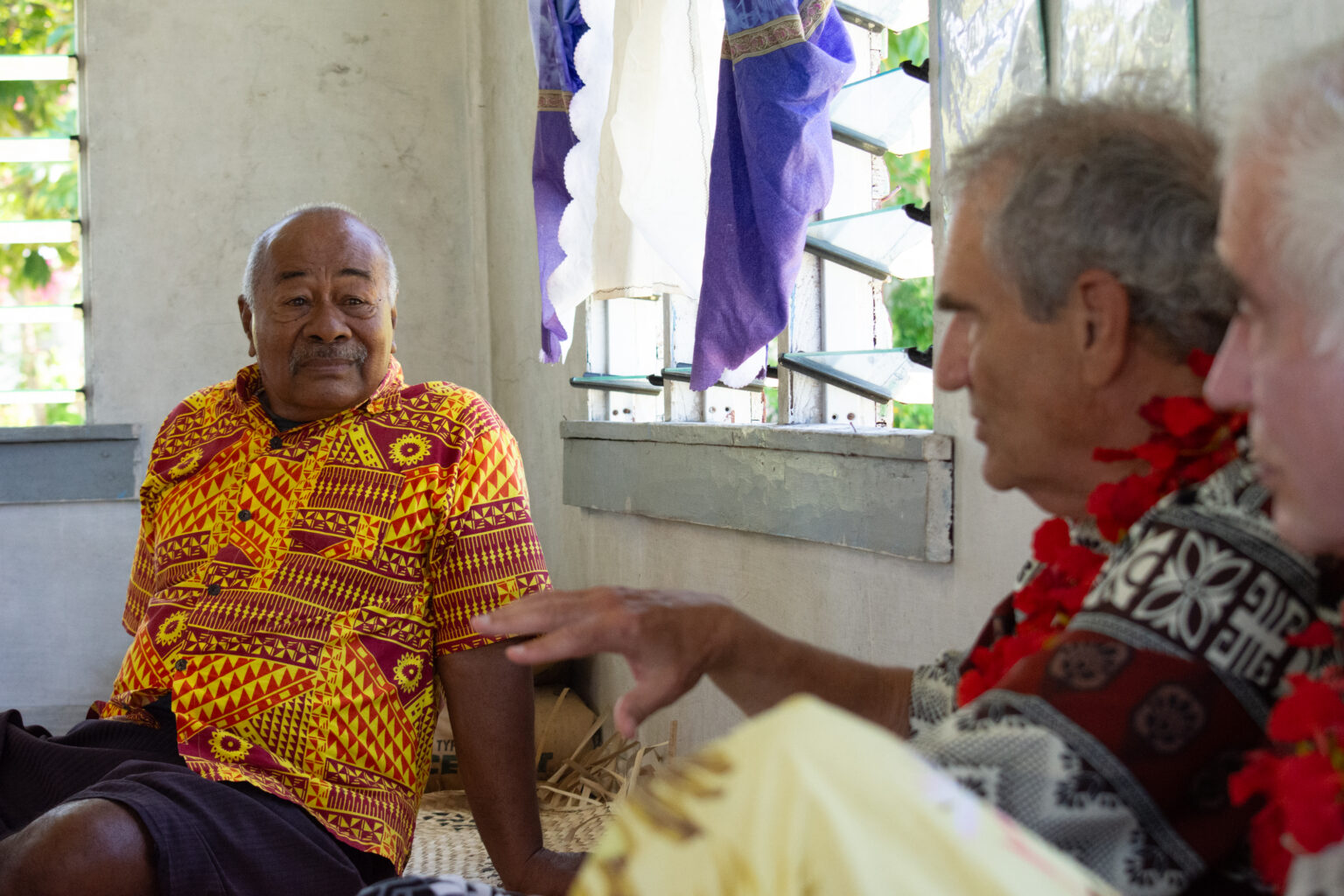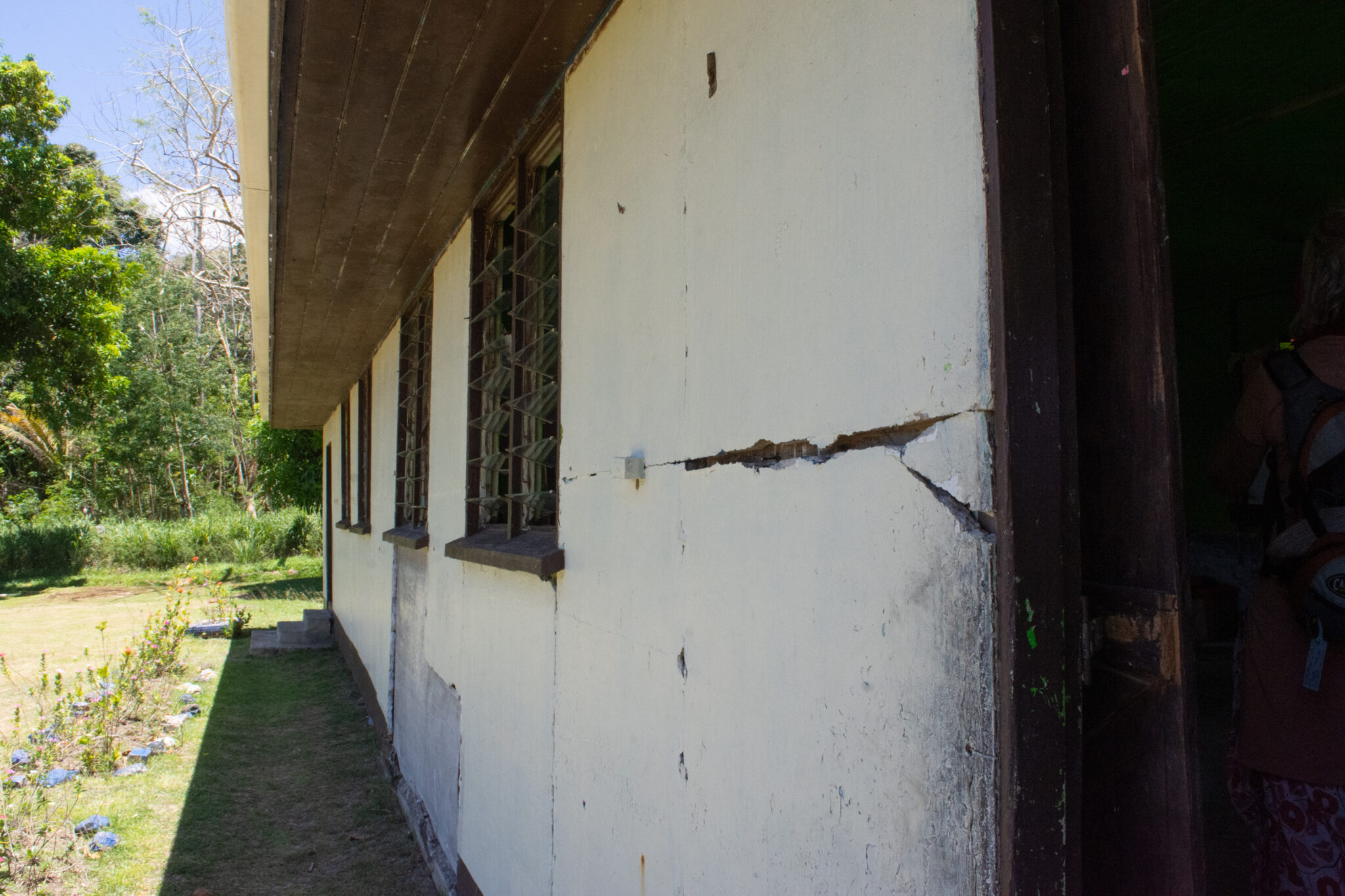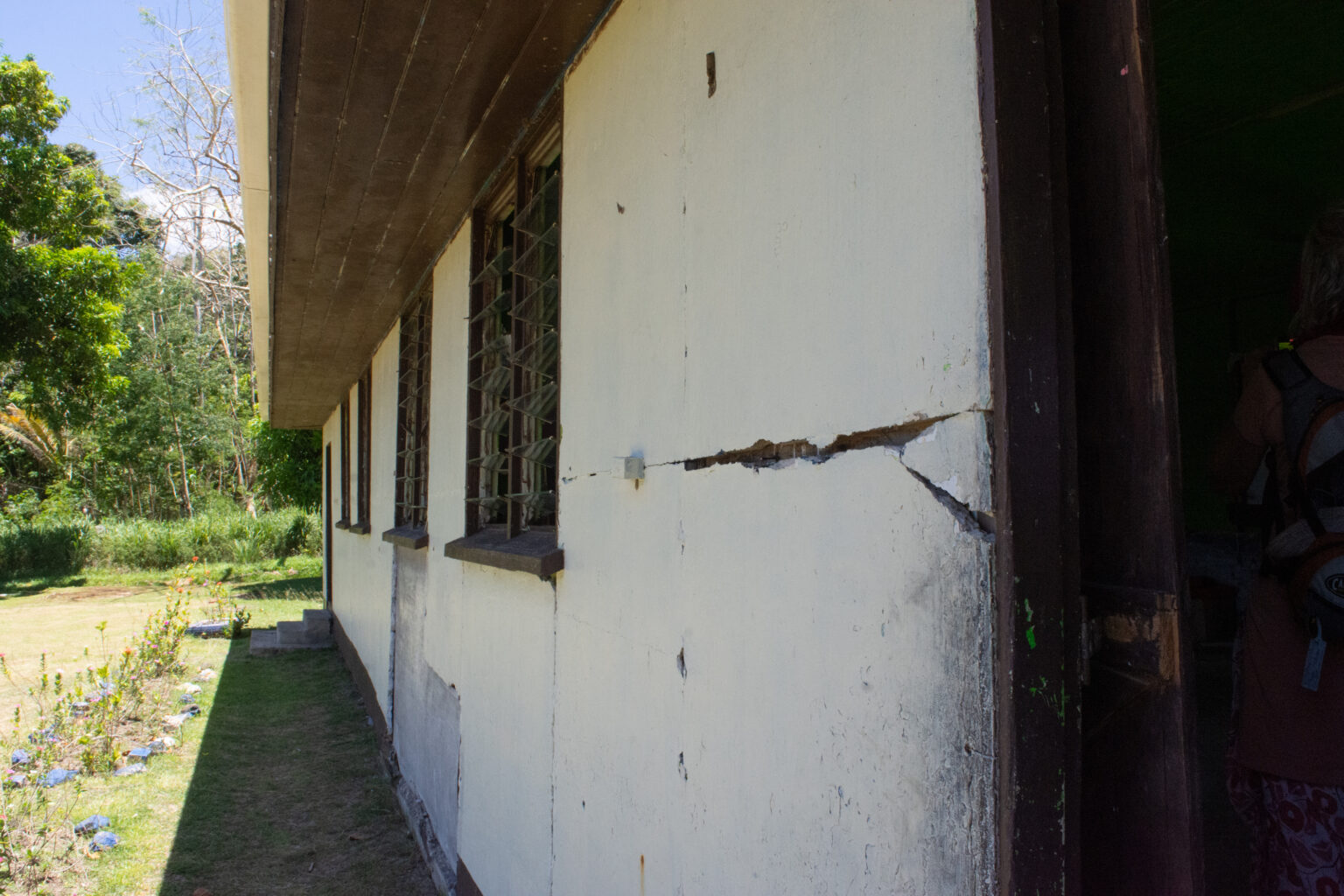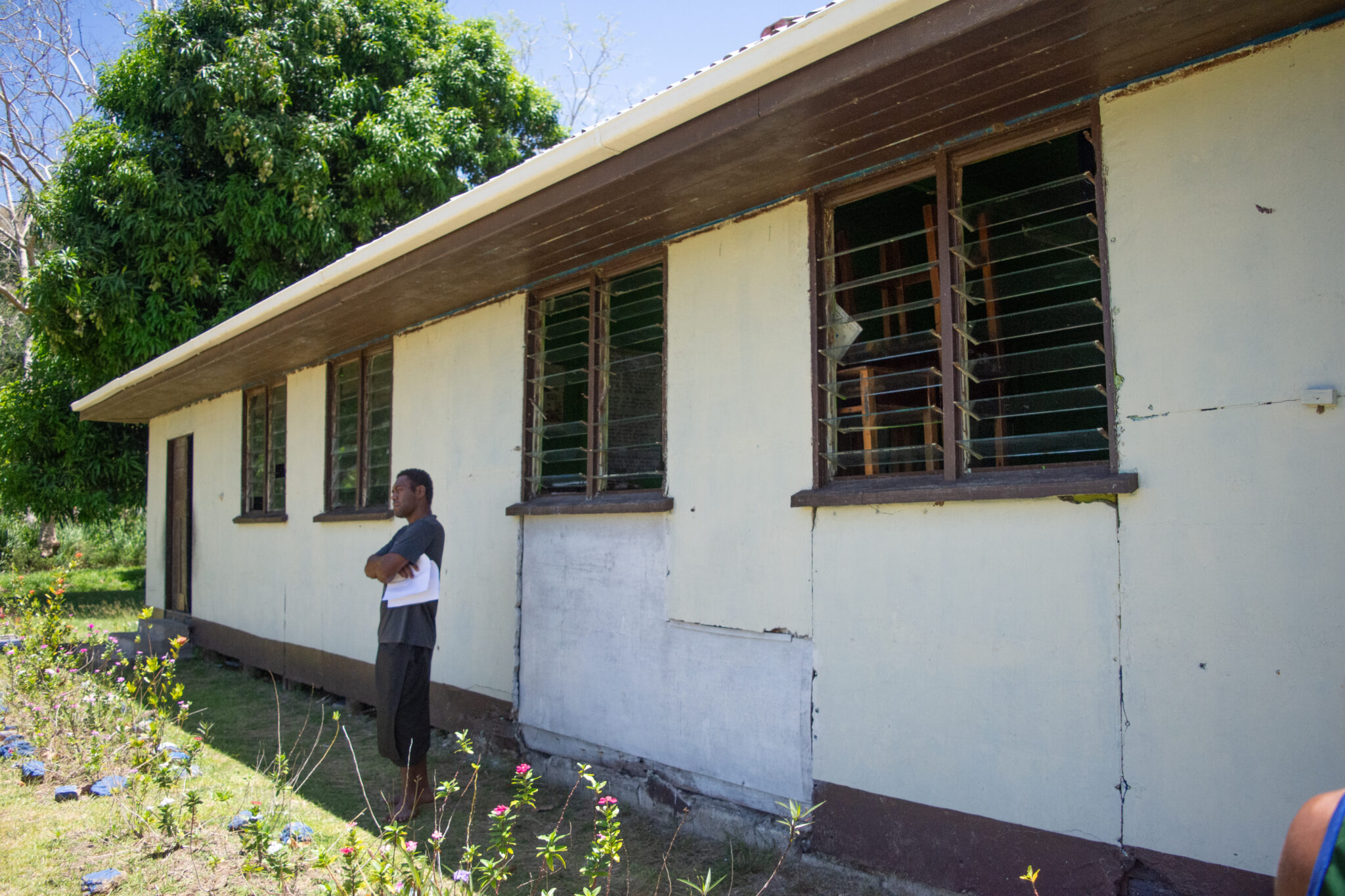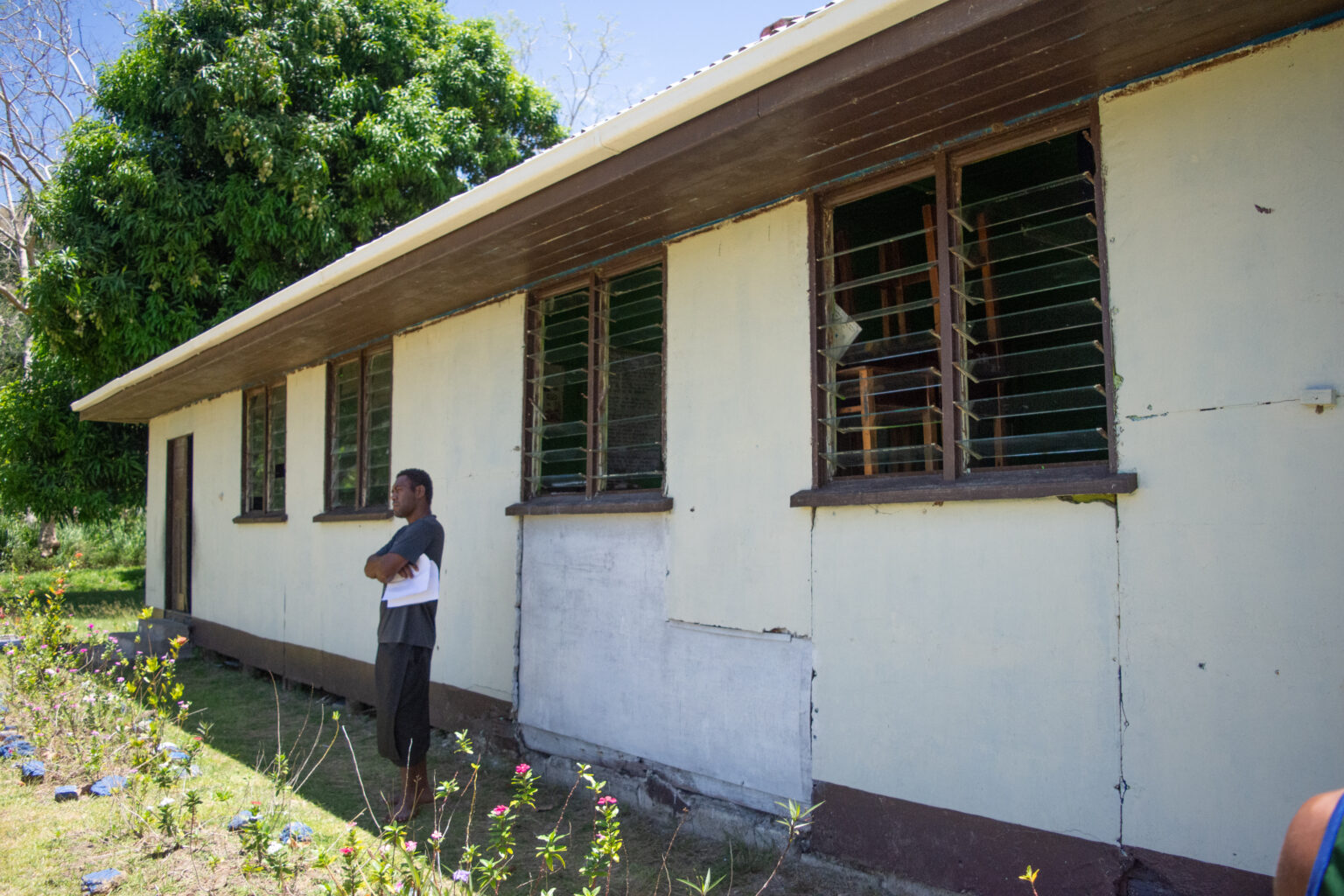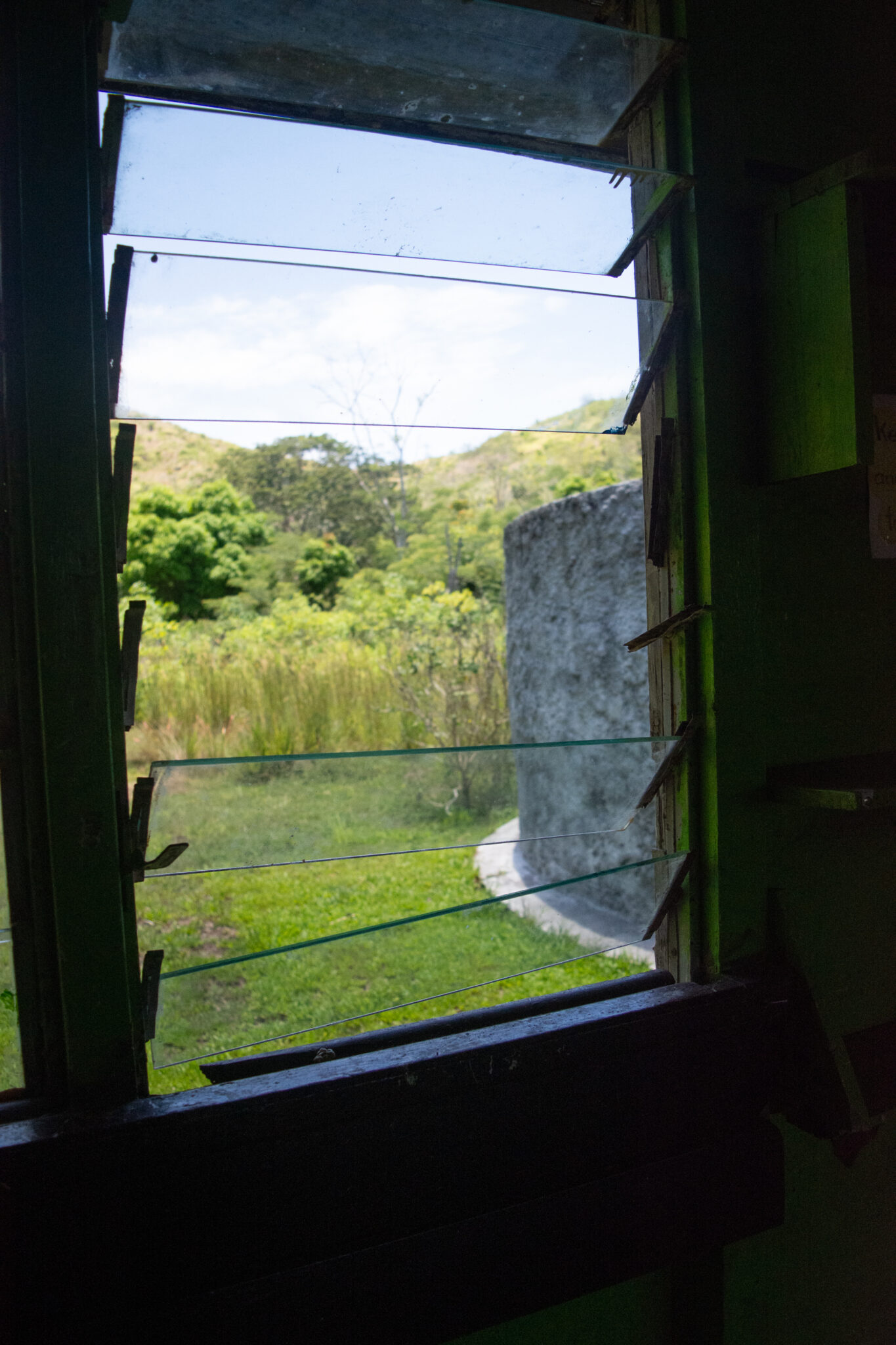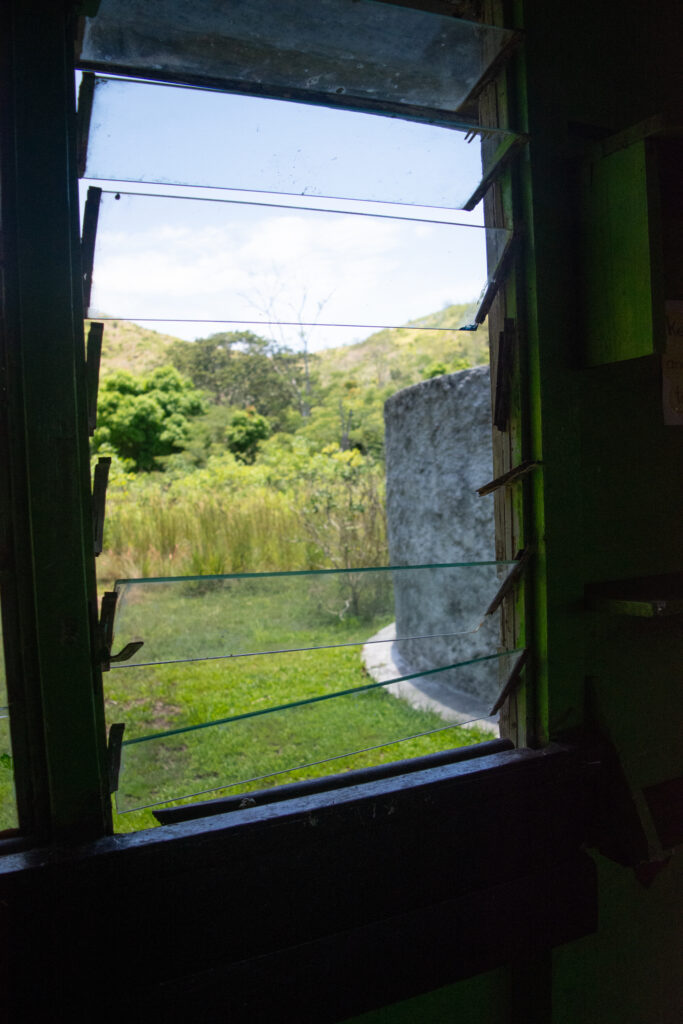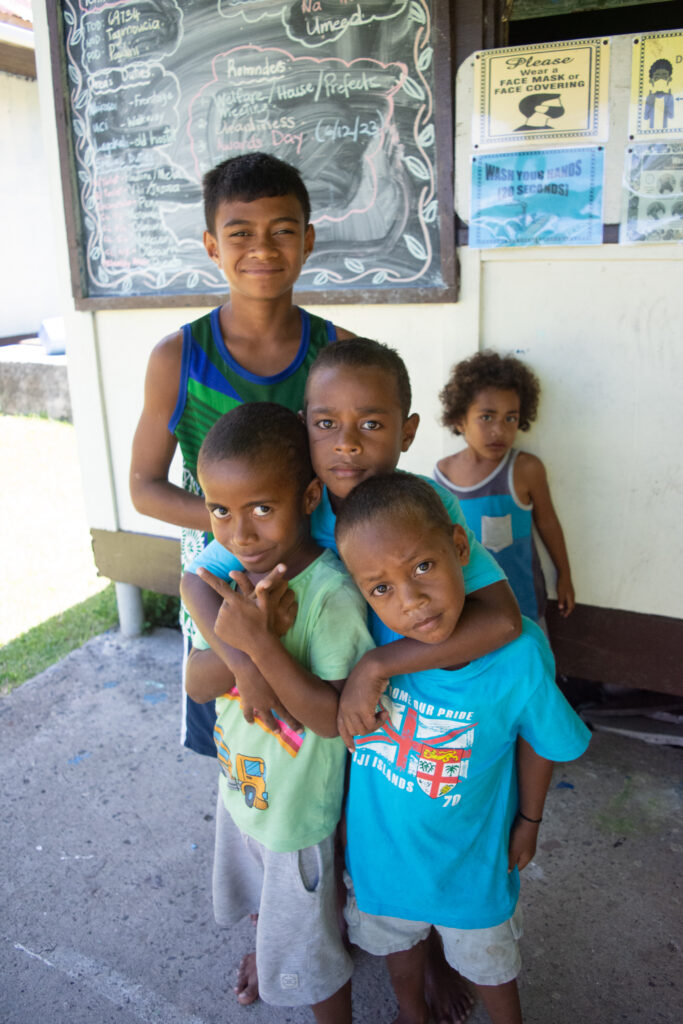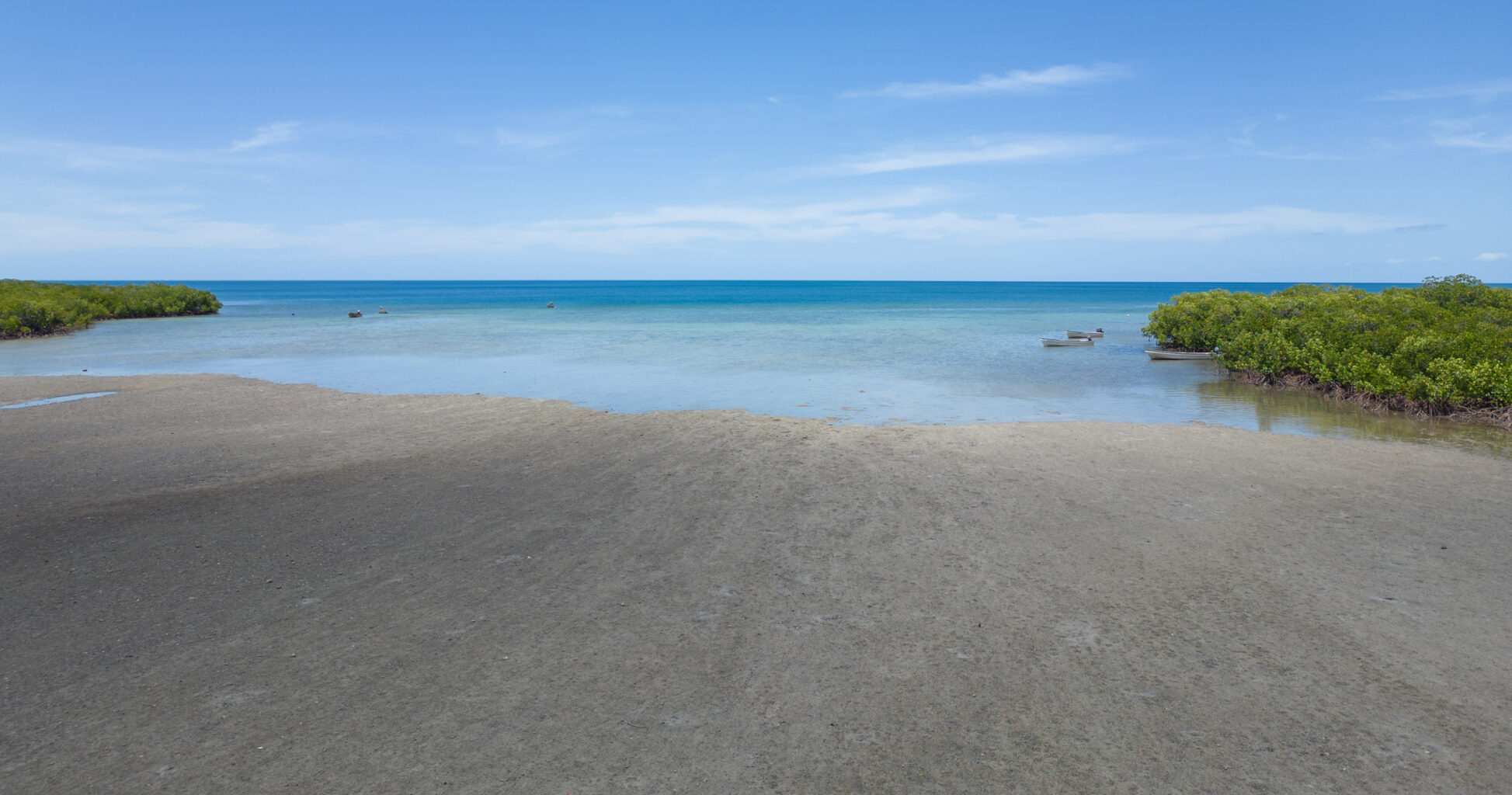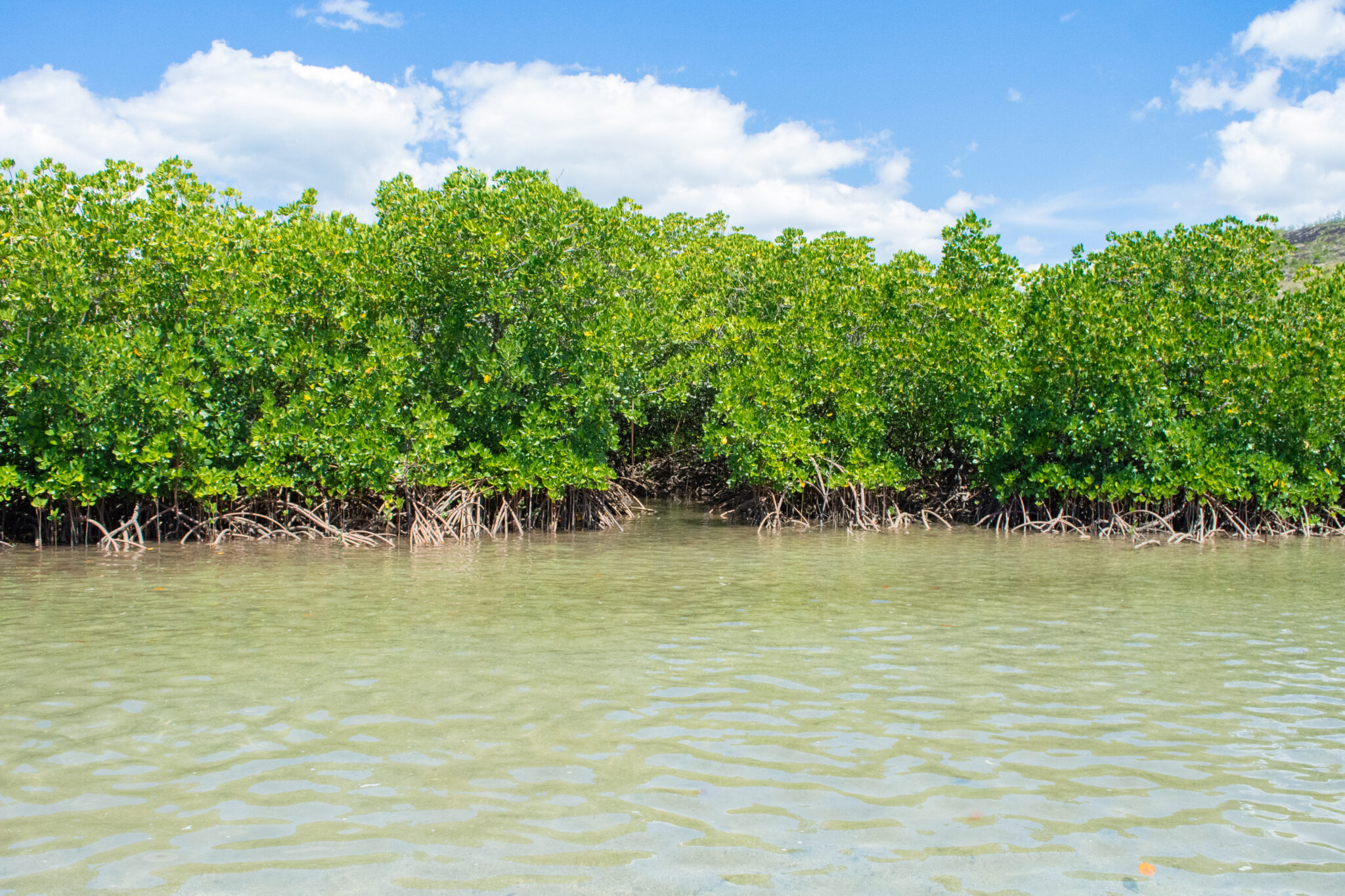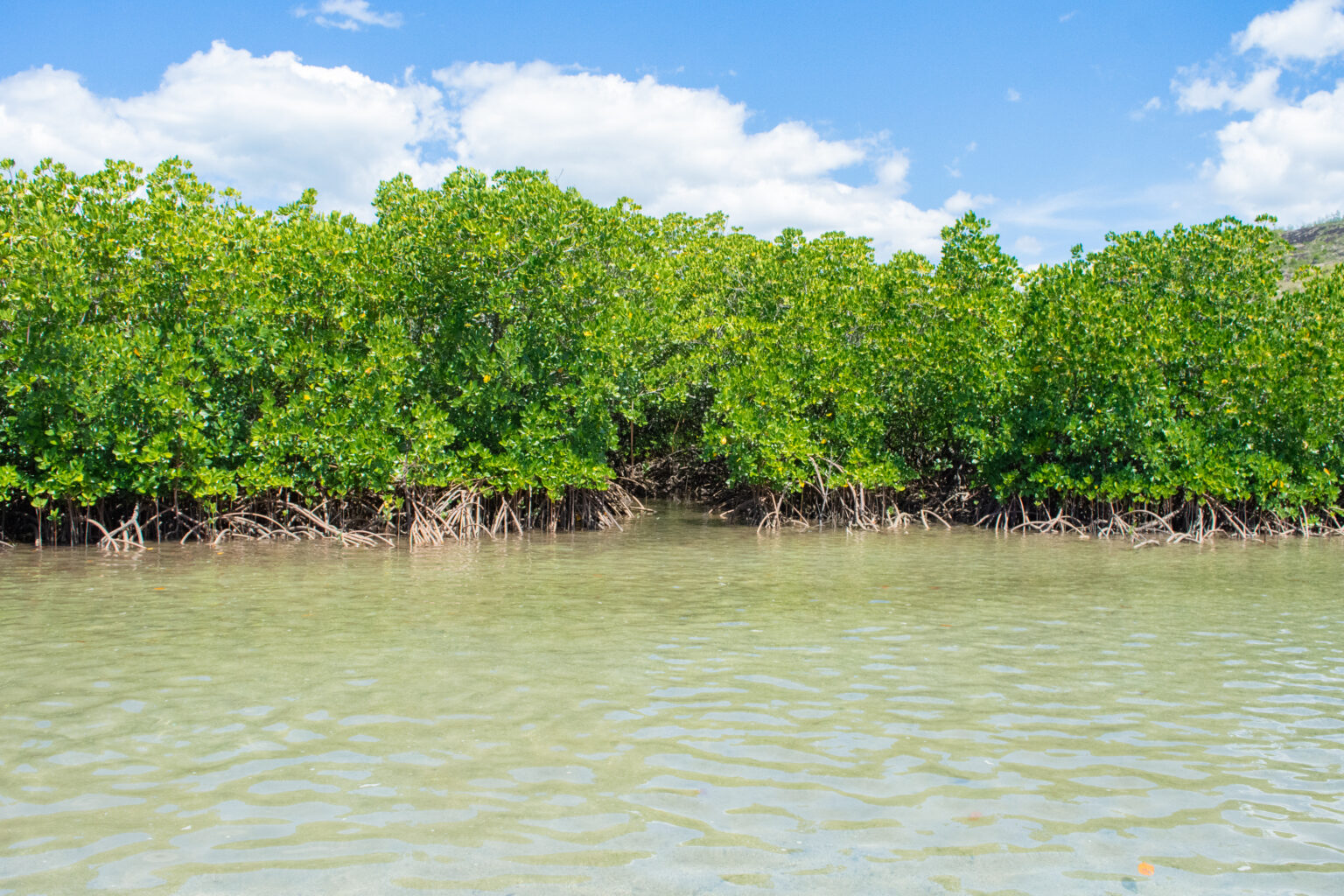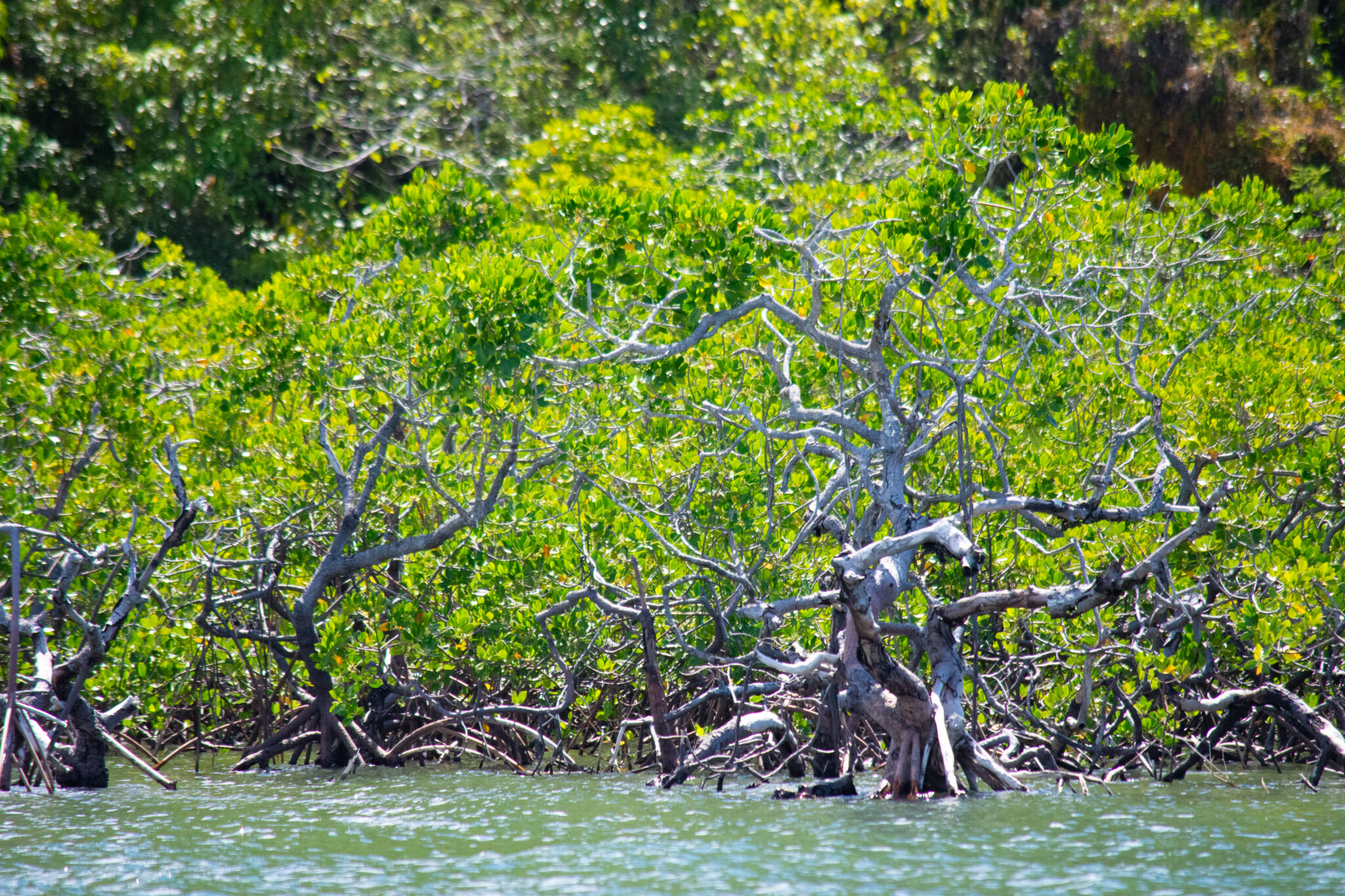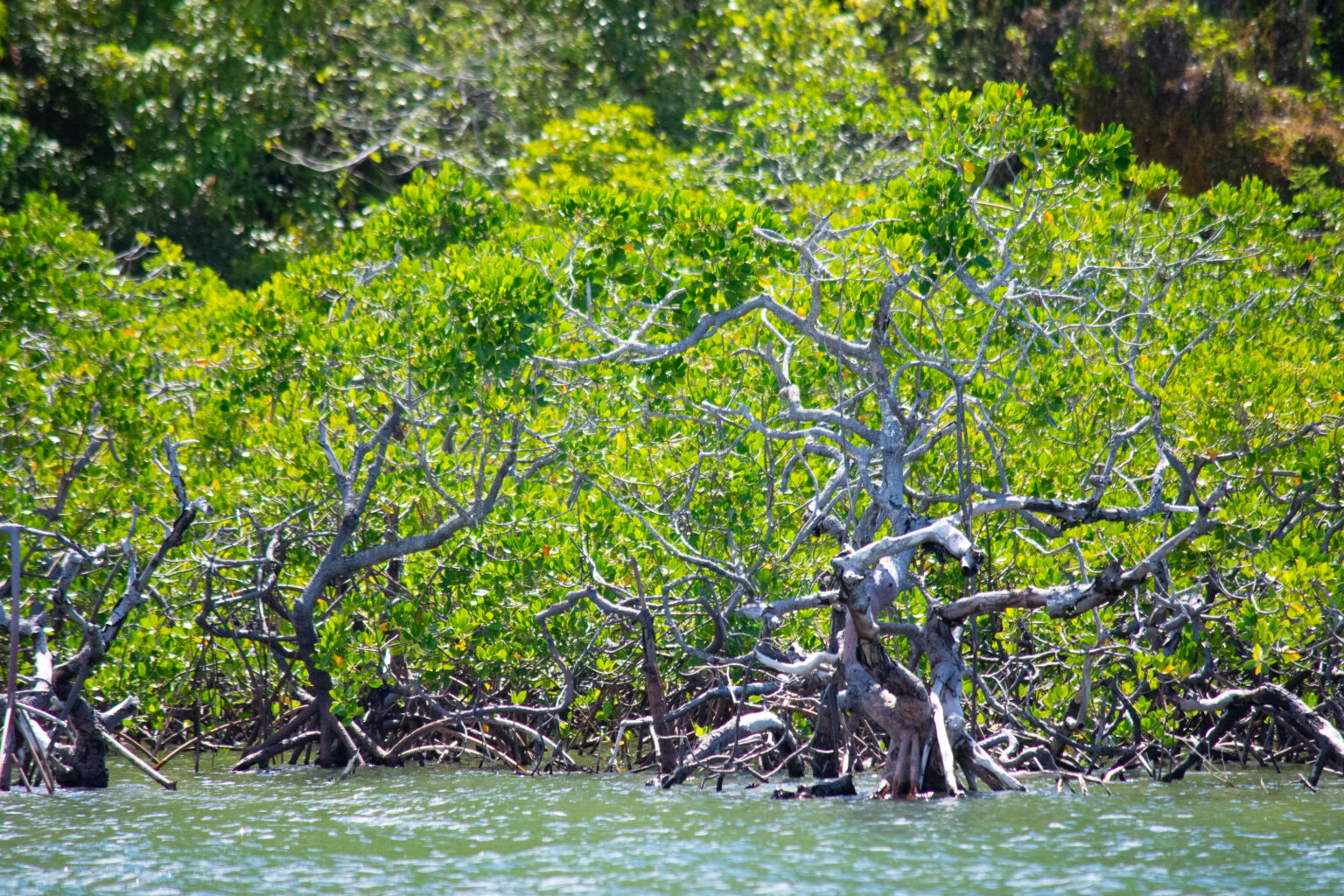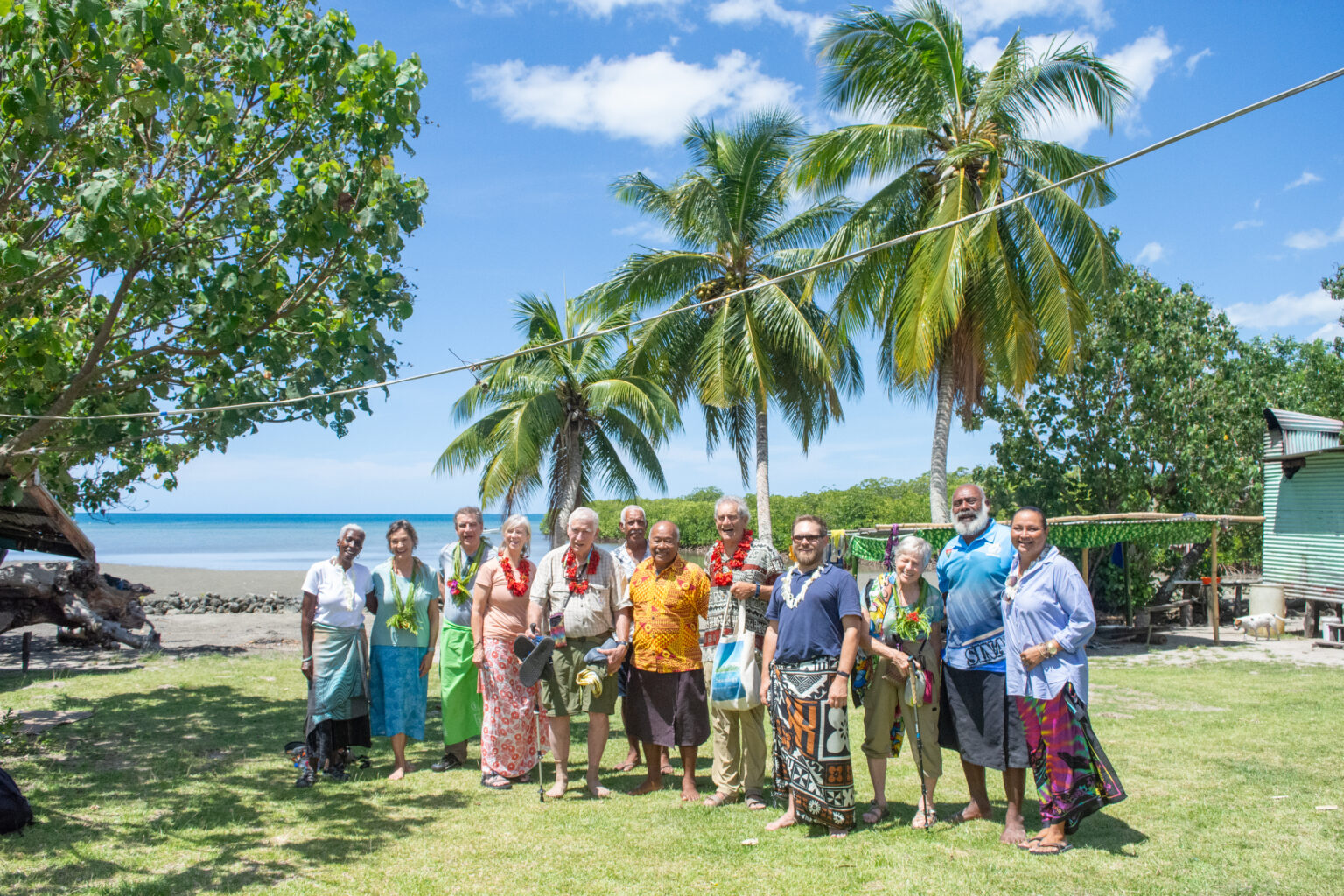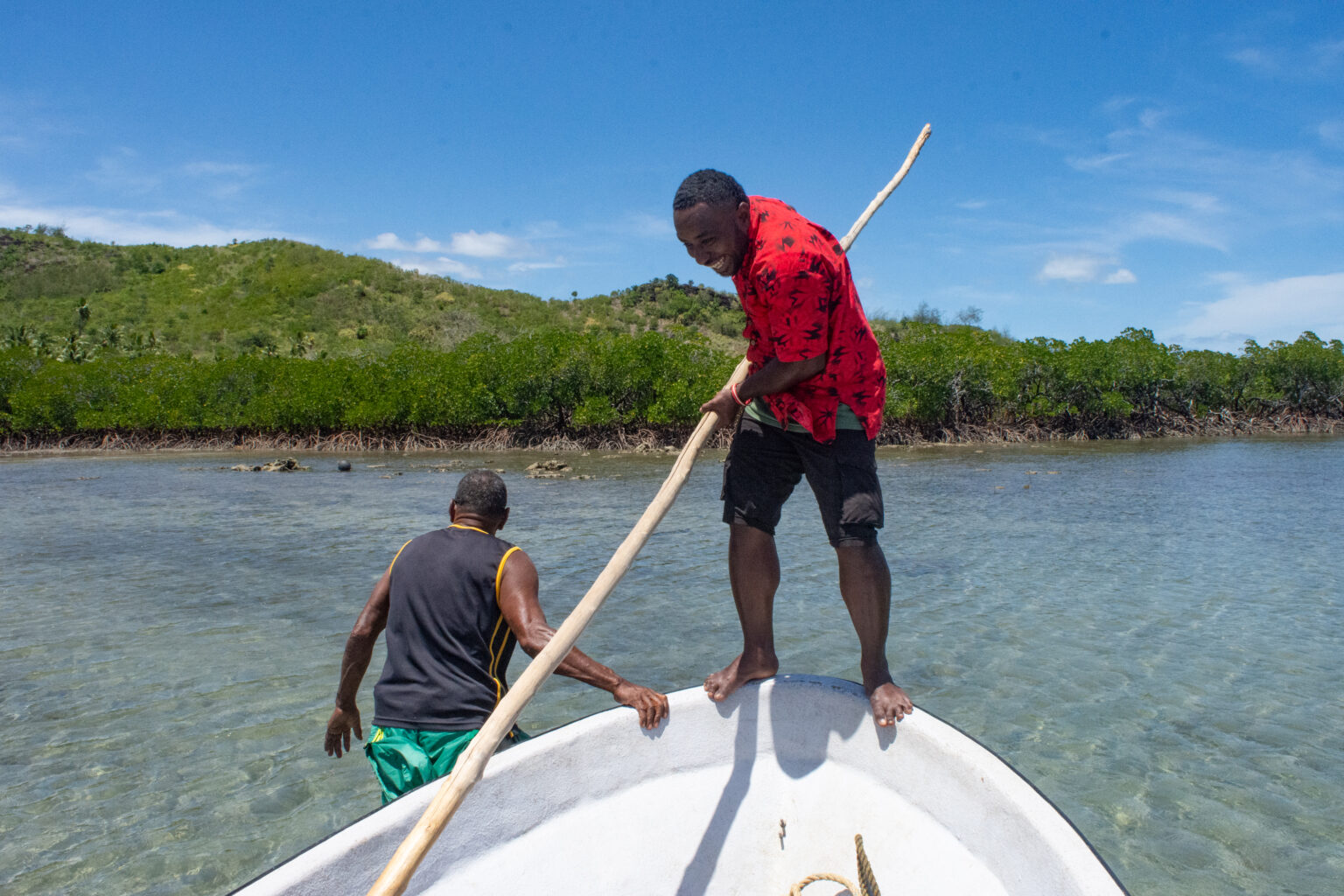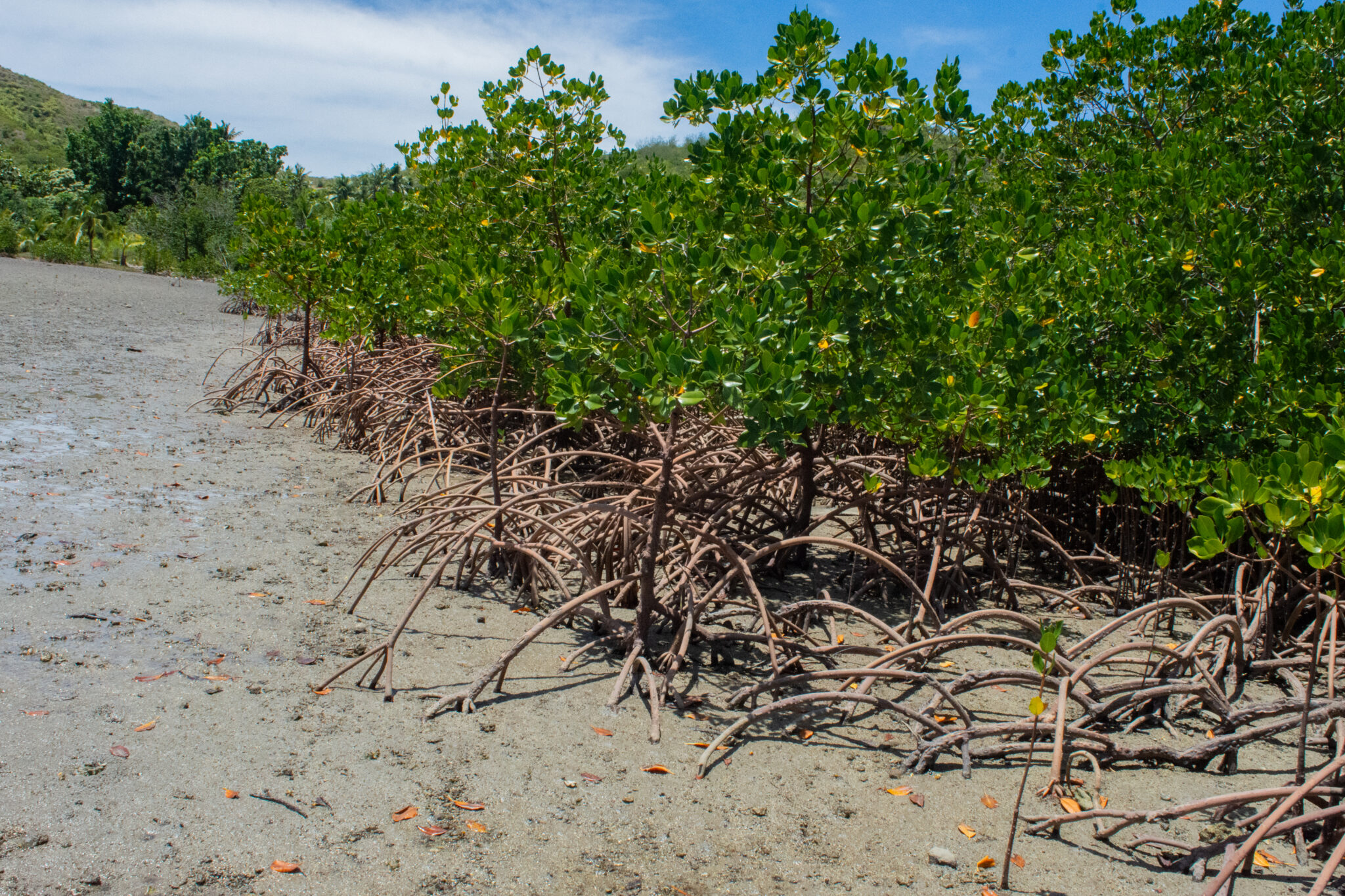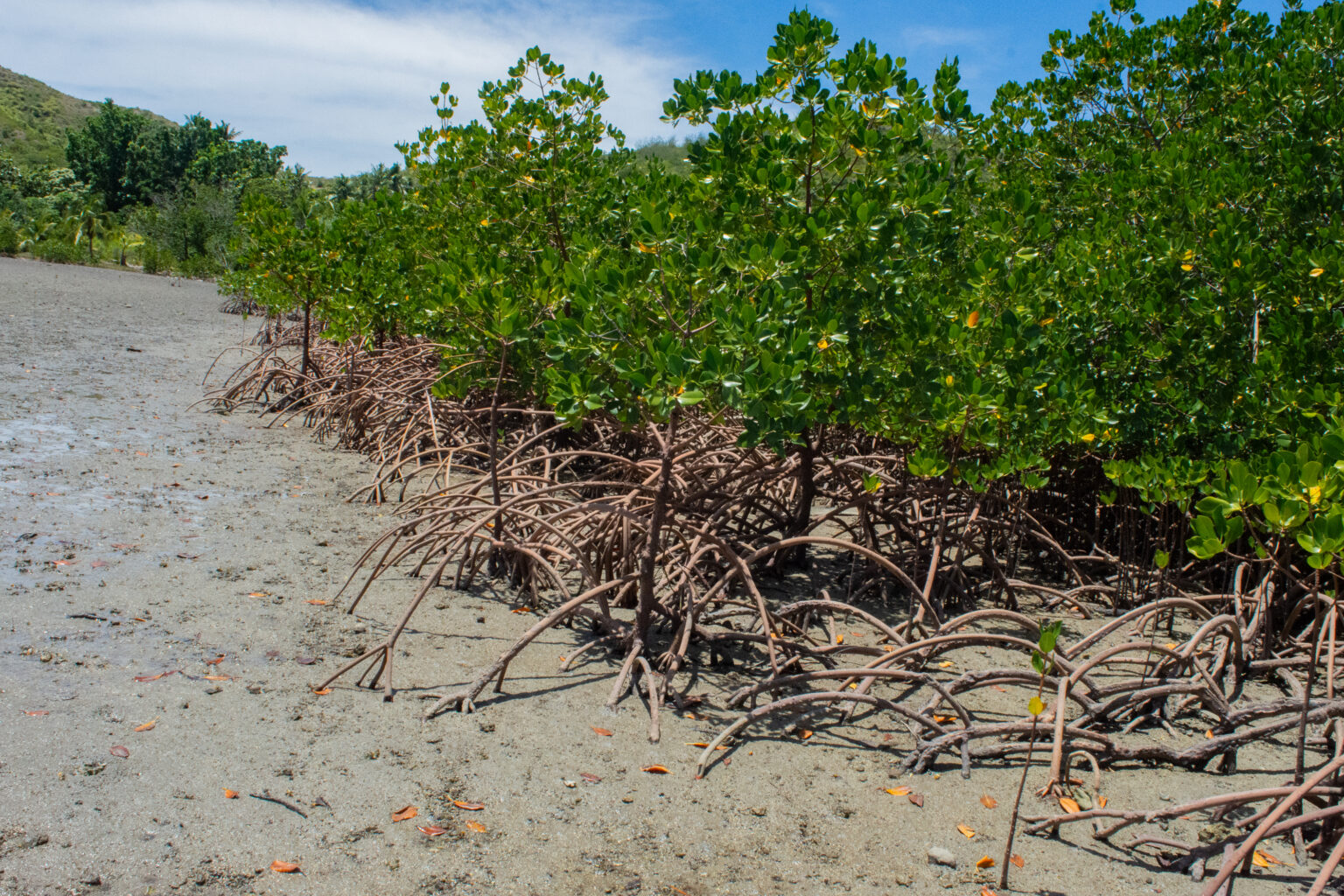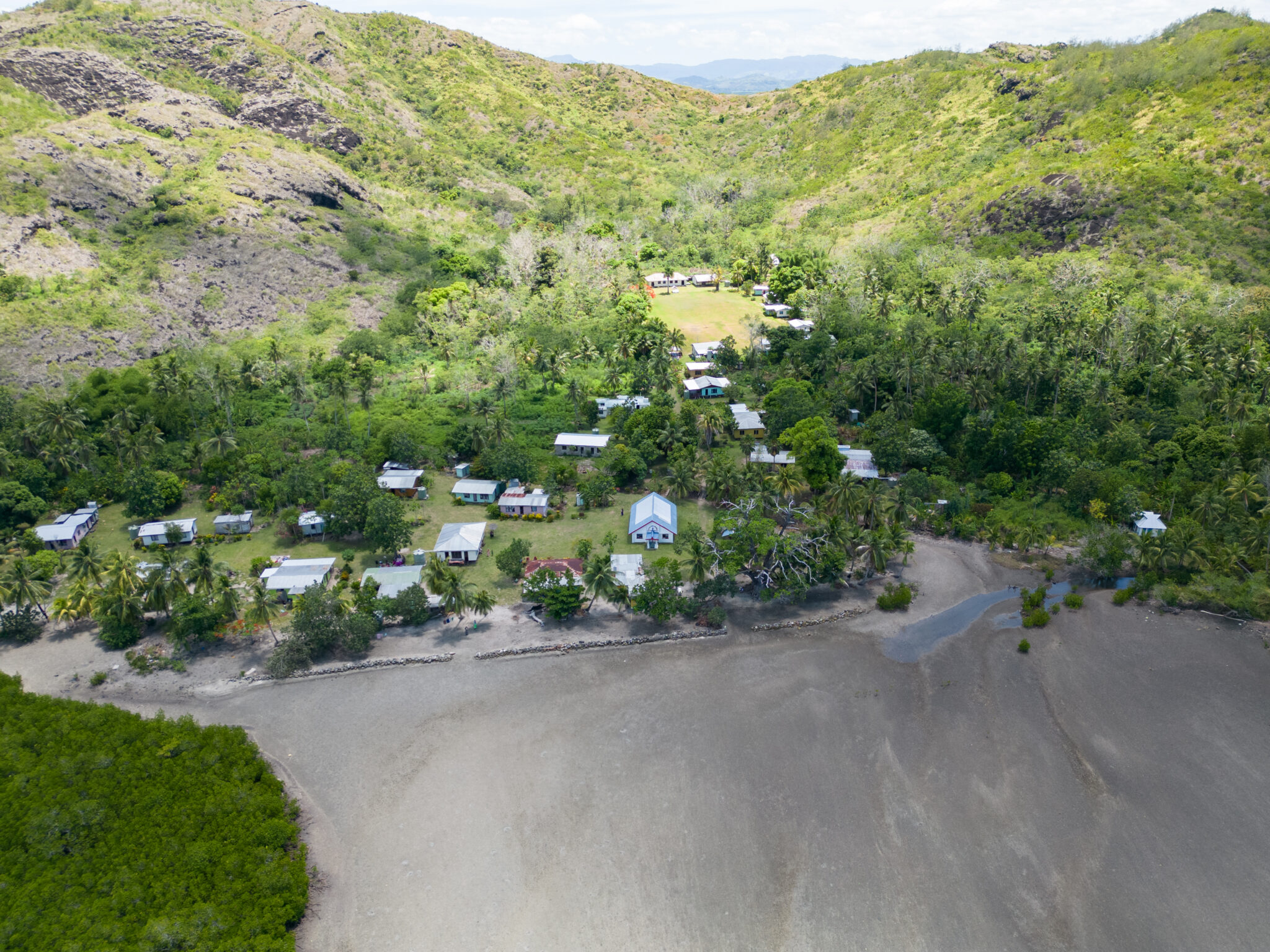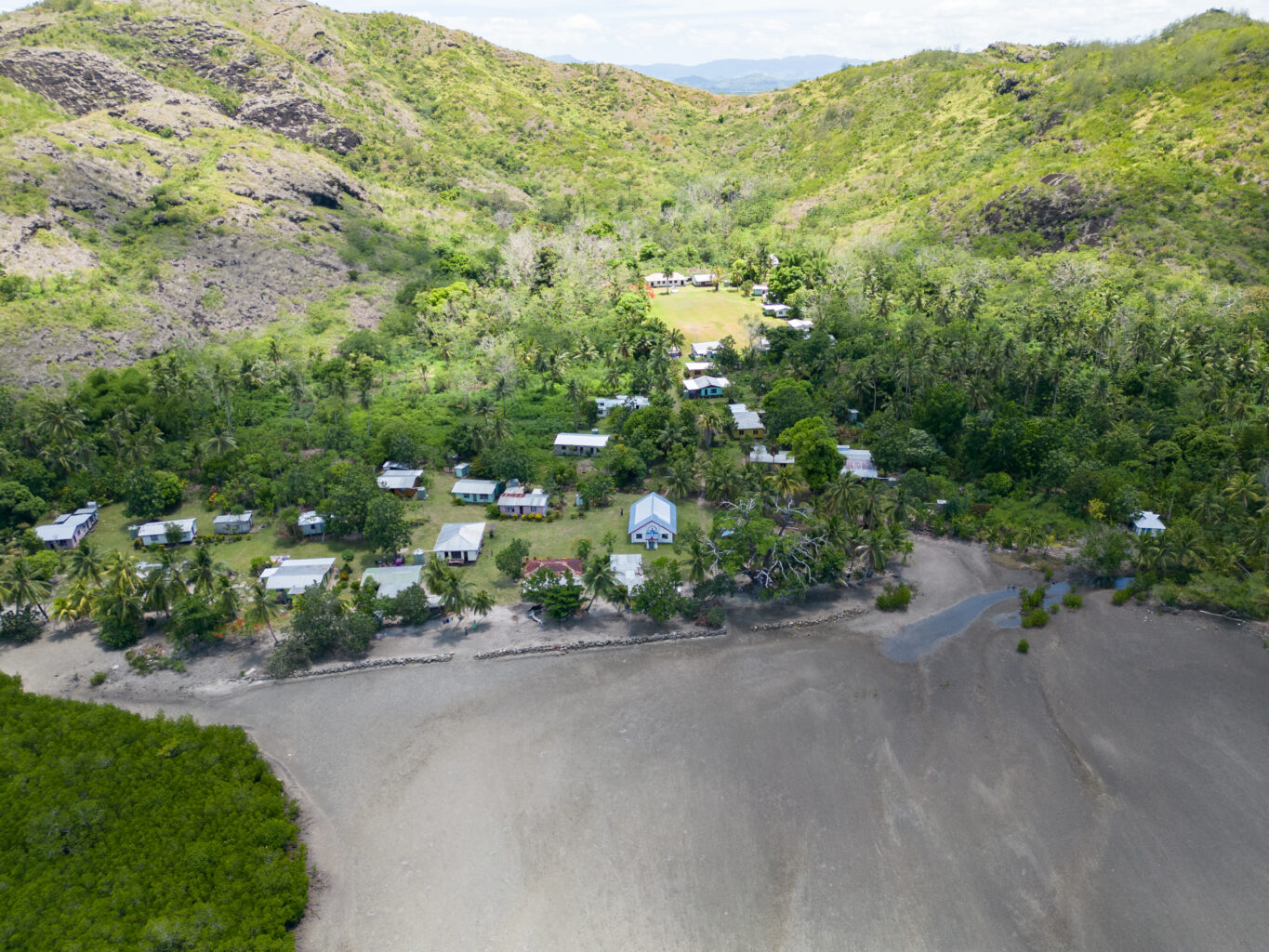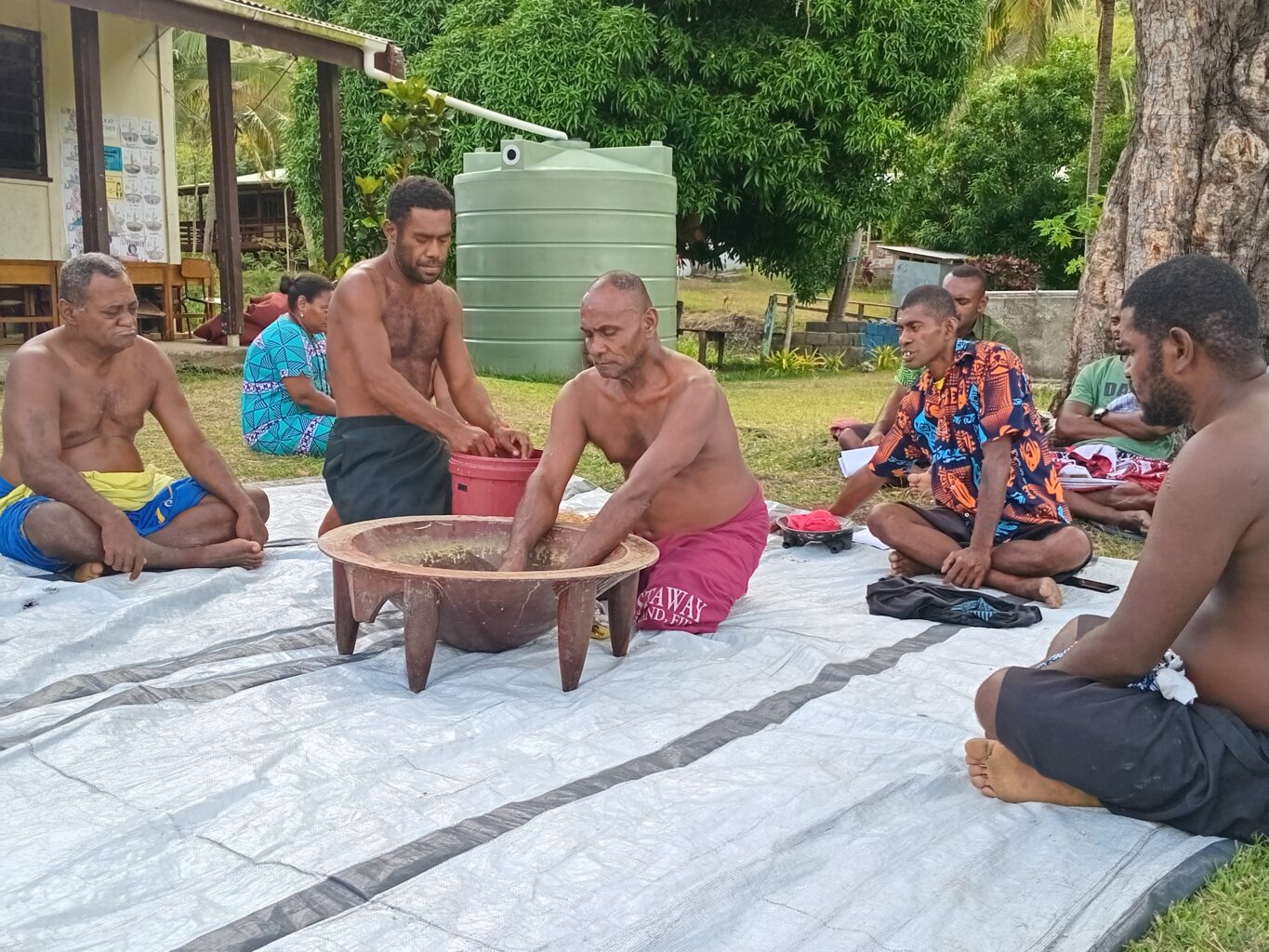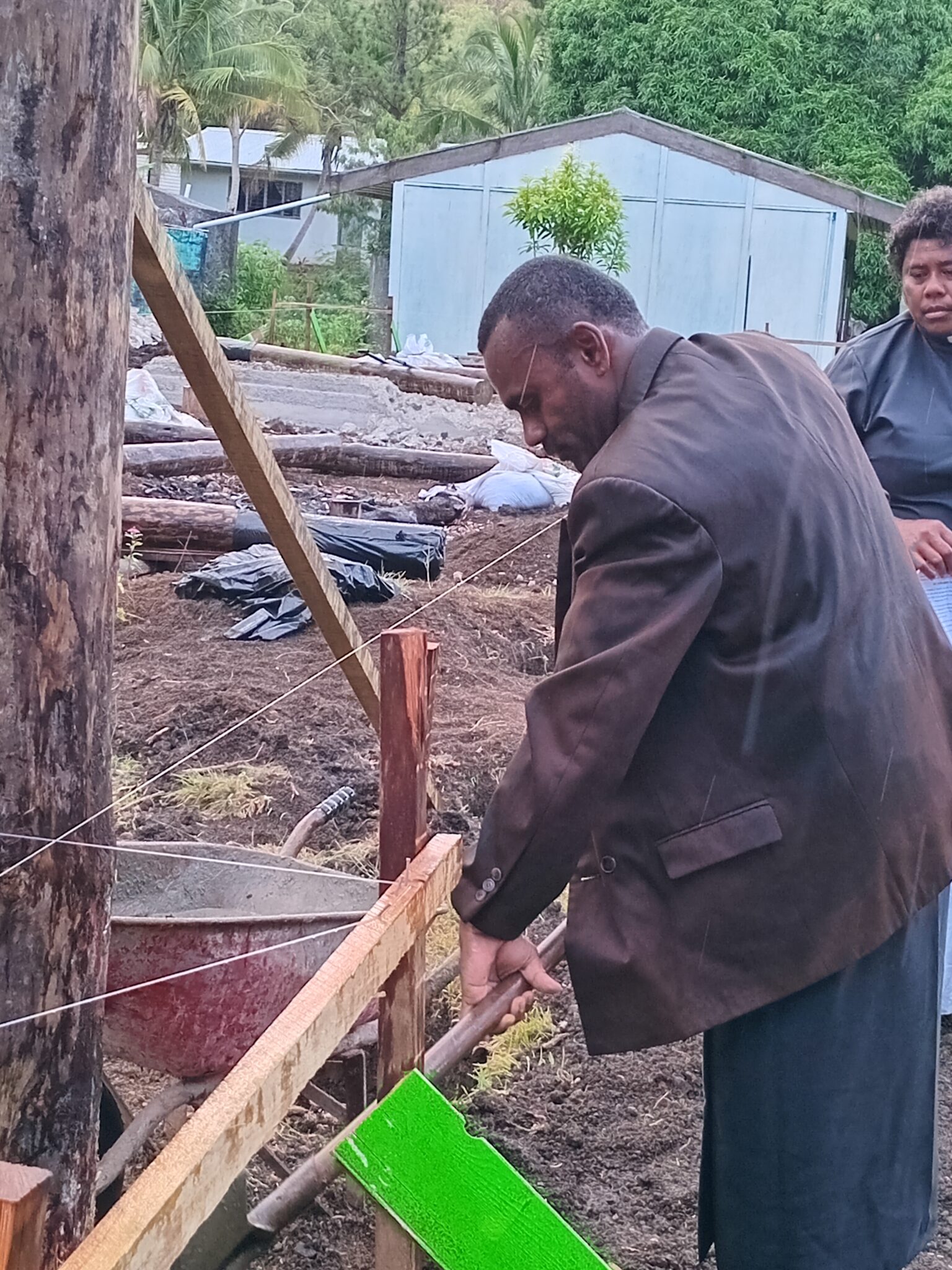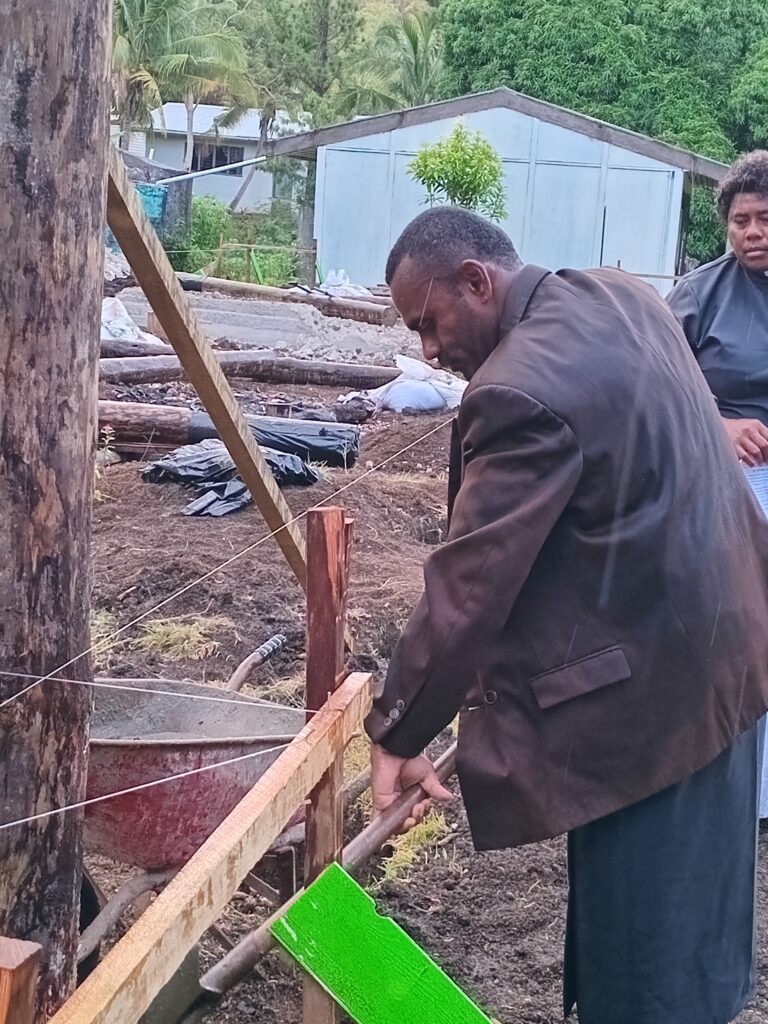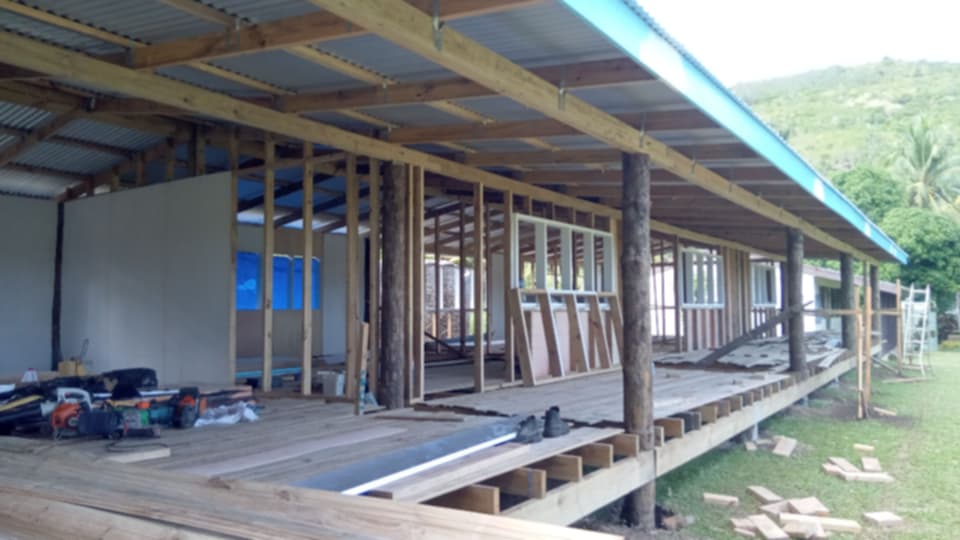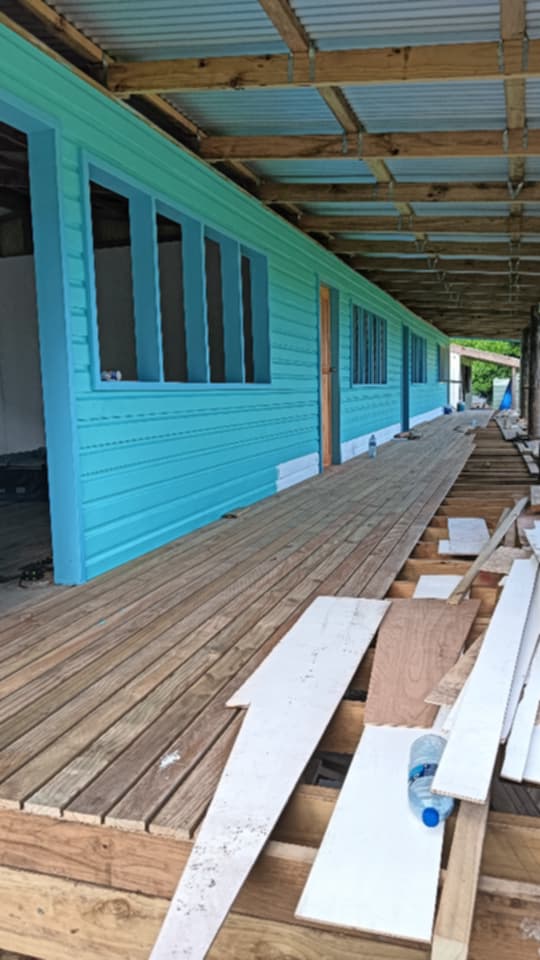The gigantic Great Sea Reef, or Cakalevu, is one of Fiji’s—and the world’s—environmental treasures. It stretches more than 100 miles, making it one of the largest barrier reefs in the world, and supports enormous biodiversity. In addition to a stunning variety of corals, there are endangered species such as the spinner dolphin, bumphead parrotfish, and green sea turtle. Fish and crustaceans are abundant.
Mali Island sits just south of this amazing reef, off the north coast of Fiji’s second largest island, Vanua Levu. The island has an area of about 4,670 acres and a population of a little more than 500 people. There are three main villages on the island: Nakawaqa, Ligaulevu, and Vesi.
These villages have agreed to protect areas of both sea and of mangrove forest. They will not allow fishing in the marine protected areas, which are just offshore and visible from the village. Community members will also replant parts of the inland forest that were damaged by fire, and will prohibit any logging or other damage. This will restore wildlife habitat and keep sediment out of the reef. The forestry department will supply free native tree seedlings.
The communities will use a Seacology grant to replace the elementary school, which is more than 60 years old and in poor condition. The community has wanted a new building for years, but simply could not get the funds to build it. When the government turned down their requests for funding, they started conducting annual fund drives. They will contribute all they have collected to this project.


